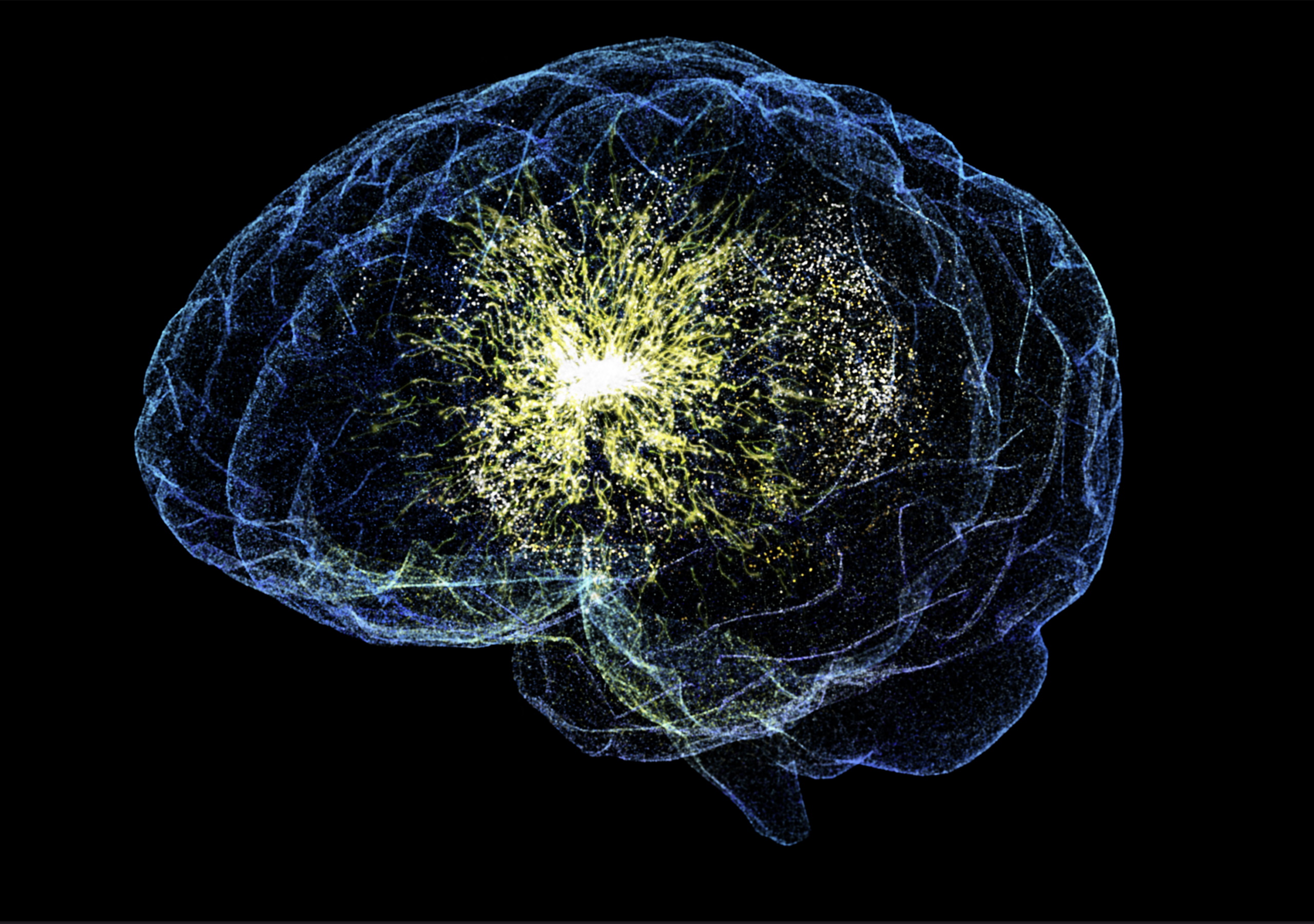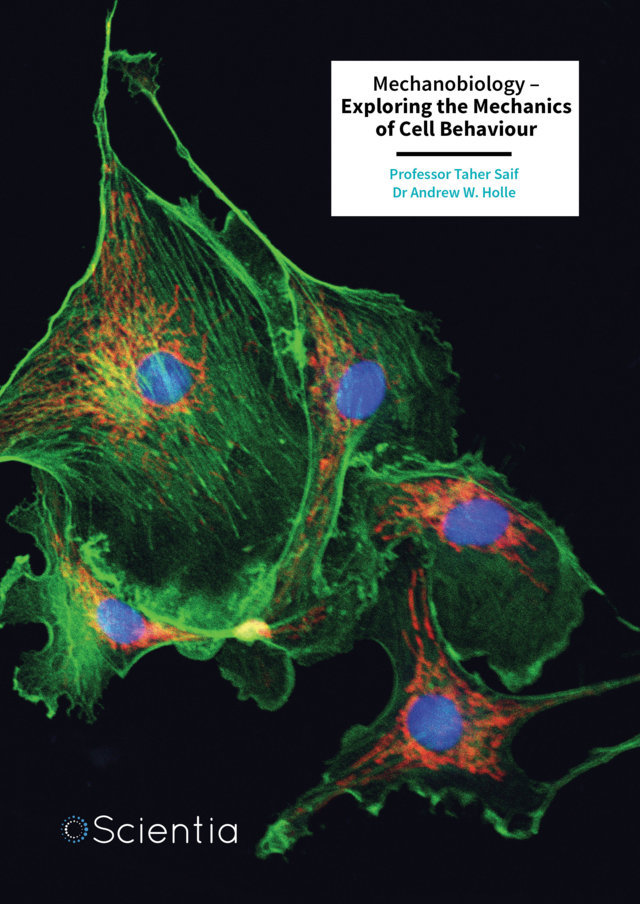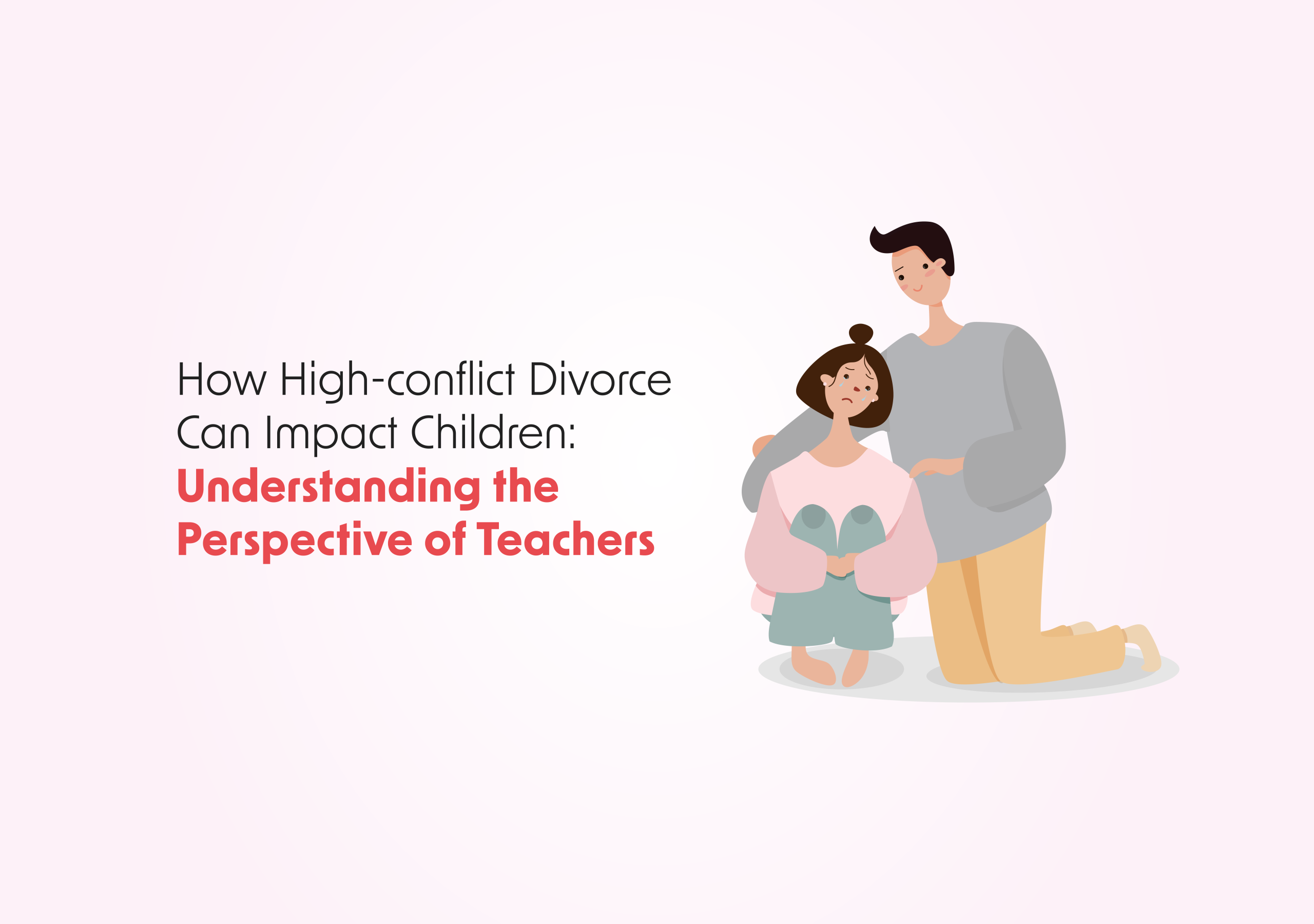Loneliness is often described as the invisible epidemic of our time. It creeps quietly into lives, eroding confidence, weakening social bonds, and, at its most dangerous, pushing individuals toward the edge of despair. Stigma can prevent the lonely from seeking help and as loneliness is largely experienced through the prism of isolation, those in need of support may feel they have no-one to turn to. In his chapter “Loneliness, Social Isolation, and Suicidal Behavior: ‘Only Girl, Middle Child’” from the Edited Volume “Loneliness – The Ultimate Suffering in Modern Society”, Dr. Raymond Atwebembere of the Washington University in St. Louis examines this crisis not through abstract statistics alone but through vivid personal stories. His work underscores the truth that loneliness is not just a feeling; if left unaddressed it can be lethal. More
Globally, suicide claims more than 700,000 lives each year. It can be particularly difficult for those with mental health issues in low- and middle-income countries, where mental health resources remain scarce, and suicide rates tend to be high. Uganda, for example, has only one psychiatrist for every half a million people, far below international recommendations, with the World Health Organisation recommending approximately 100 psychiatrists for that many people. Dr. Atwebembere highlights these realities but refuses to let the numbers overshadow the human beings they represent. Through narratives of four individuals, including Jane from Uganda, Amber and Mark from the United States, and Ahmed from Algeria, he illustrates how different cultural pressures converge on the same pathway of isolation, humiliation, and hopelessness.
These case studies remind us that while the settings may differ, a rural homestead, a Midwestern kitchen, an Algerian office, or an American classroom, the underlying pattern is disturbingly familiar. Each person encountered sustained invalidation, growing disconnection from others, and a painful conviction that they were a burden.
A central story in Dr. Atwebembere’s research belongs to Jane Doe, a 33-year-old Ugandan woman who grew up as the only girl among brothers. Family dynamics and rigid gender expectations left her feeling invisible and inadequate. Her position as a middle child compounded this invisibility, while patriarchal cultural norms reinforced the idea that her worth was less than that of her brothers.
Over time, Jane internalized these experiences as proof that she was defective, even burdensome. Alcohol became her unreliable escape, loosening inhibitions but also lowering her resistance to suicidal impulses. And yet, amidst the bleakness, a single bond, her relationship with her mother, stood as a powerful protective force. Her mother’s consistent support offered her an anchor against the tide of loneliness, a reminder that even one connection can buffer against despair.
Dr. Atwebembere widens the lens to include Amber, the American prodigy crushed by perfectionism; Mark, the jovial chef who numbed panic attacks with alcohol and bravado; and Ahmed, the Algerian civil servant cast aside by bureaucratic injustice. Despite their differences in culture and circumstance, their stories mirror Jane’s: sustained invalidation, mounting isolation, and easy access to lethal means.
Amber’s brilliance became a curse when failure struck, leading her to believe rejection was inevitable. Mark’s humor masked profound panic and hopelessness, his easy access to firearms sealing his fate. Ahmed, injured and dismissed from his job, wrote farewell letters that echoed betrayal and defeat before ending his life.
In each narrative, the absence of trusted relationships and the presence of insurmountable cultural pressures created a psychological corner from which death appeared the only exit.
To analyze these trajectories, Dr. Atwebembere draws on leading psychological models. The Interpersonal Theory of Suicide (or IPTS for short) explains how two forces, thwarted belongingness and perceived burdensomeness, combine to produce suicidal desire. The Integrated Motivational-Volitional model adds another dimension, describing how feelings of defeat and entrapment escalate thoughts into action, especially when combined with alcohol, impulsivity, or access to lethal means. We can consider IPTS to address the war against external relationships, and the Integrated Motivational-Volitional model to address the war within an individual.
Jane’s case, for instance, exemplifies both frameworks: her thwarted belongingness within her family, her self-perceived burdensomeness, her feelings of being trapped, and her alcohol use that lowered the barrier to action. Together, these models highlight the cognitive architecture that makes suicide seem plausible in moments of deep despair.
A striking feature of Dr. Atwebembere’s analysis is its attention to cultural context. Patriarchal gender roles in Uganda, perfectionism in American academic culture, masculine stoicism in Midwestern kitchens, and bureaucratic injustice in Algeria, all are distinct pressures, yet they feed the same psychological vulnerabilities.
Community-based solutions such as Multiple Family Group therapy and the Friendship Bench model show promise because they draw on existing cultural strengths. The former rebuilds communication and trust within families, known to be the smallest social unit, while the latter, pioneered in Zimbabwe, trains lay counselors, often grandmothers, to provide talk therapy in community settings. Both approaches normalize conversations about distress, reduce stigma, and, most importantly, restore belonging.
What emerges most powerfully from this chapter is the reminder that suicide prevention is not simply about clinical interventions. It is about cultivating environments where people feel seen, valued, and supported. Early recognition of warning signs, safe discussions of emotional pain, and structural reforms to reduce stigma are all essential.
Dr. Atwebembere’s contribution lies in bridging the personal and the universal. By giving space to individual voices such as Jane’s, he forces us to confront the intimate human cost of loneliness and isolation. By linking these stories to theory and data, he equips us with tools to respond, not only in clinics but in homes, schools, workplaces, and communities.
Loneliness is not inevitable, nor must it be fatal. The stories of Jane, Amber, Mark, and Ahmed reveal both the fragility of human connection and its resilience. A single supportive relationship, such as Jane’s with her mother, can sustain hope. Community-based interventions can build belonging where isolation once prevailed. And research, like that of Dr. Raymond Atwebembere, can guide us toward solutions that are both scientifically grounded and culturally attuned.
The fight against suicide is, at its heart, the fight to restore connection. When people feel they belong, when they believe their lives matter, and when communities provide avenues for support, the cycle of isolation can be broken.
Each One Reach One, Each One Heal One!







